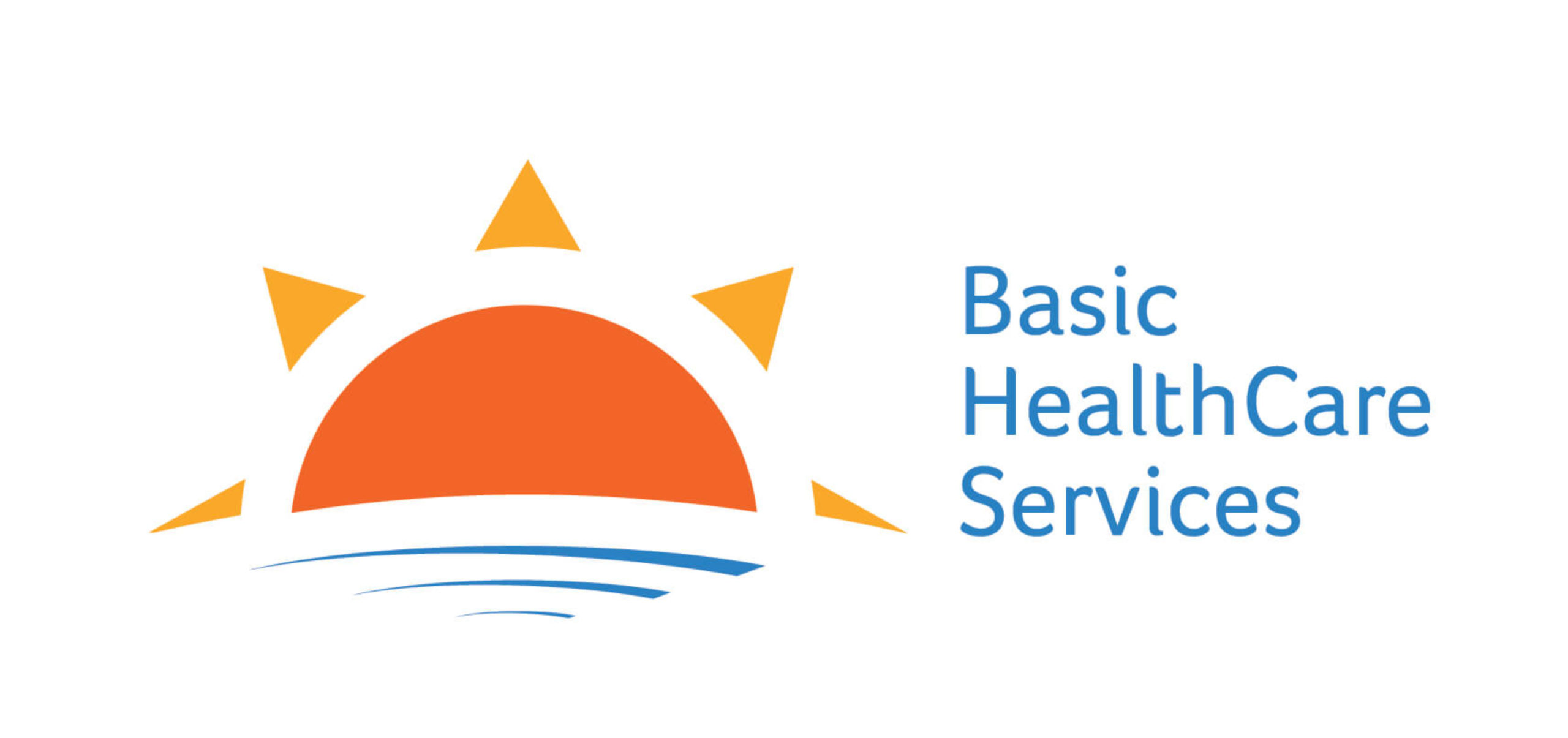Malaria elimination: where does Rajasthan stand
Udaipur’s geographic position and climatic condition has been long favourable for transmission of malaria. But what is disturbing is that this deadly and fatal disease that spreads through the bite of a mosquito continues to affect residents of Udaipur district even in the year 2020. Large numbers of people living in hilly and remote villages of the district are affected by malaria every year. The malaria season which begins in the monsoon months of August continues till the harsh winter months of December- January, during which the climatic conditions are favourable for the breeding of mosquitoes.
Amrit Clinic in Rawach village of Gogunda block which caters to a population of 14,000 across the villages of Chitrawas, Rawach and Kadech has seen a rising trend of malaria patients over last two years. Whereas in 2018, the clinic diagnosed and treated 471 cases of malaria in 5 months from August- December, in 2019, a much higher number of 626 cases were seen in the same months.
Another Amrit Clinic at Kojawada village of Rishabhdeo block witnessed an outbreak late last year. As many as 1700 residents of villages in and around Kojawada in Rishabhdeo were diagnosed with malaria in a span of 5 months. Among them were a staggering number of children under 5 years and pregnant women, a population in which the effects of the disease are often debilitating and fatal if not identified and treated in time. What is even more alarming is that 75-80% of all those diagnosed were found to have the more severe kind of infection, caused by the protozoa Plasmodium falciparum. The Falciparum protozoa attacks the red blood cells of the infected person, ultimately causing severe anaemia and other complications if left untreated. A Falciparum infection in pregnancy has severe consequences for the child in the womb, leading to still births and growth retardation.
A campaign conducted by the NGOs, BHS and Seva Mandir in these two areas December 2019 and January 2020. Over 2500 people were contacted in the villages, schools and at Anganwadi Centres. Activities like demonstration of use of bed nets, treating stagnated water with oil, digging drains near hand pumps and tanks, and covering open puddles with mud to curb the breeding of mosquitos was undertaken along with the residents, building their awareness about prevention. During the campaign a worried resident of Pareda village in Kojawada who was diagnosed with Falciparum malaria informed us that in his family of six, four members have been affected with malaria in the span of past 3 months. “My daughter’s condition was so fragile. She was vomiting and could not even walk,” A resident of Rawach Panchayat, who also runs a shop says, “It is inevitable that every person in the village is affected by malaria at least once in the year.” Such multiple infections cause chronic anaemia in a population leaving them with low immunity and prone to other infections.
According to the union Ministry of Health and Family Welfare, nearly 70% of malaria cases in India are contributed by five out of 36 states and Union Territories. These include Odisha , Chhattisgarh, Jharkhand, Madhya Pradesh and Maharashtra. Although Rajasthan does not feature in this list, such pockets in tribal, hilly and forest belts like Rawach and Kojawada continue to exist and are often forgotten. Gross under reporting of cases and deaths continues to be a major challenge in combating the disease. In a day and age when high quality diagnostics, a range of safe drug therapies, personal protection methods from mosquitoes and safe larvae control mechanisms are available, the misdiagnoses and death of such large numbers from malaria is disturbing.
A state like Odisha that contributed to 40% of the country’s burden of malaria in 2016, with a population largely tribal, scattered in remote and heavily-forested areas has shown the way. Odisha reported a sharp decline of reported cases from 3,47,860 in 2017 to 5,5,365 in 2018 (January to September) and deaths dropped from 24 to 4 during the same period[2]. The Odisha government showed political commitment to the cause of malaria elimination, ensuring connectivity to the last mile communities. . The Programme placed focus on mass screening in high burden districts, positive cases were treated and supervision intensified, mosquito control measures were adopted and regular health education activities were held throughout the year. Community awareness activities undertaken were the use of Long-lasting Insecticide treated bednets (LLIN), use of protective home-based and chemical mosquito repellents, and prevention of stagnation of water around households at the individual level. Lessons from Odisha can easily be replicated in other high burden regions.
In November 2015, the Prime Minister of India joined 17 Asia Pacific leaders in endorsing a plan and roadmap to eliminate malaria throughout the region by 2030. India further pledged to achieve this goal by 2027 – three years ahead of the regional and global target. If India is to achieve this target, remote and vulnerable communities like those in Rawach and Kojawada cannot be left behind. Rajasthan government needs to take actions before the next monsoons to prevent the epidemics like these in 2020.
References:
1. WHO World Malaria Report 2019
2. https://www.business-standard.com/article/current-affairs/world-malaria-report-2018-led-by-odisha-india-reduces-cases-by-3-million-118112300064_1.html

